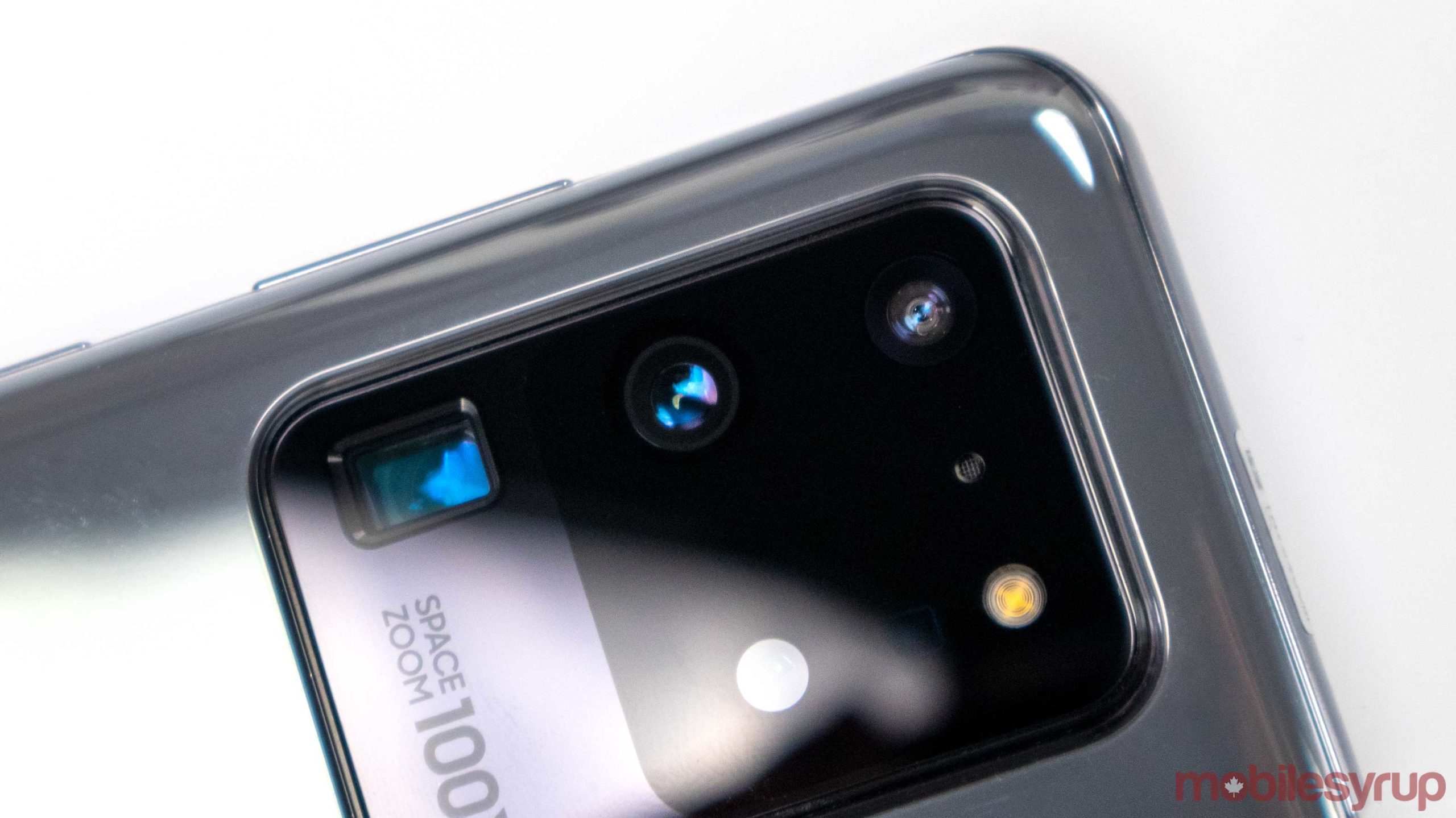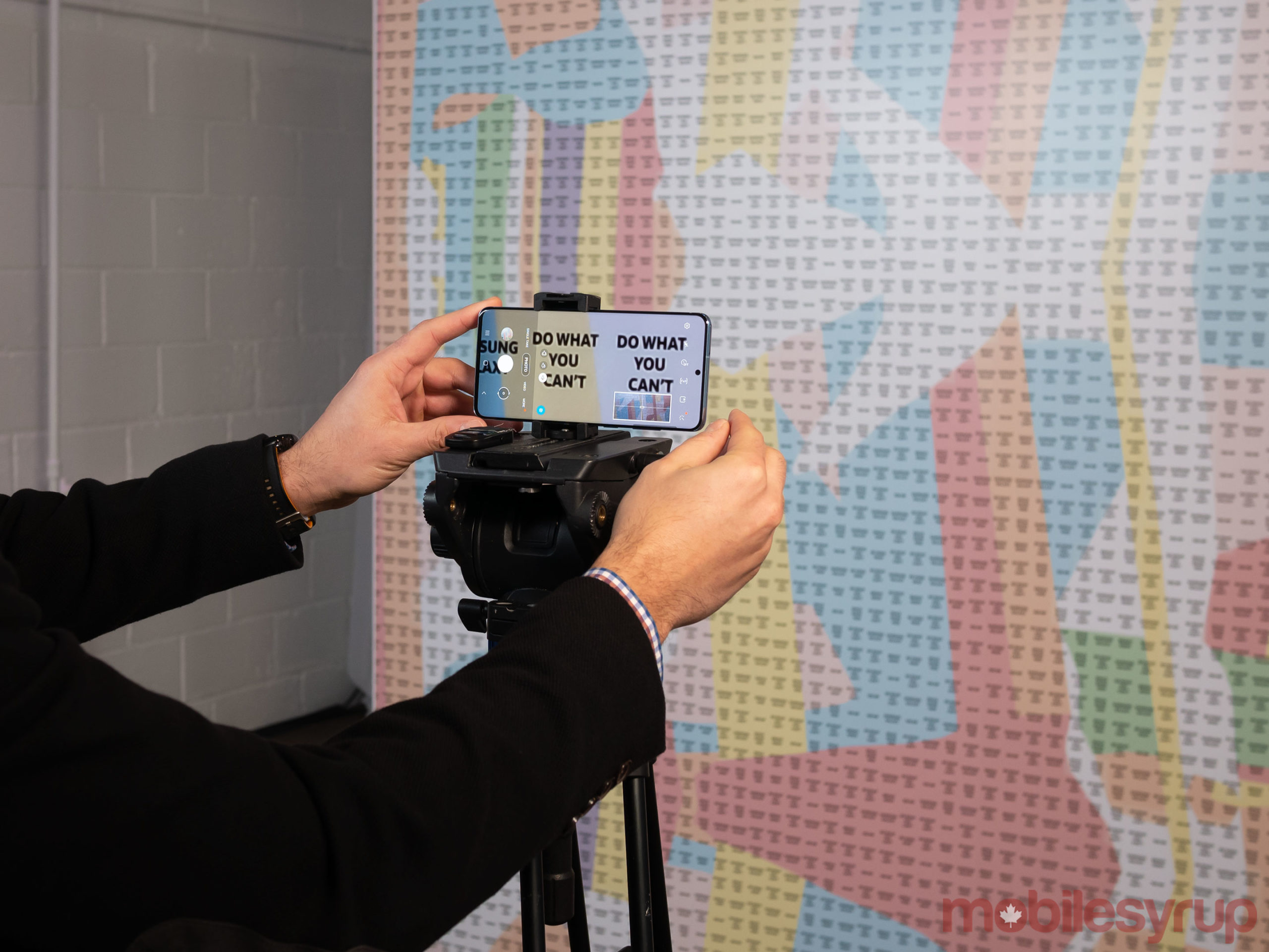
Whether you’ve been following along with the leaks, or tuned into Samsung’s Unpacked event on February 11th, you probably saw that the new Galaxy S20 Ultra sports 100x zoom — dubbed Space Zoom.
That seems like a positively insane number. 100x zoom in a smartphone? Preposterous.
Except, not really.
While Samsung may be the first to claim 100x zoom — at least, in Canada — it’s definitely not the first to employ the technology used to achieve it. Huawei beat Samsung to it with the P30 Pro, which featured a 50x zoom.
Both phones rely on the same underlying technology to achieve a huge zoom, but Samsung does a few things differently. Here’s how it works.
Periscope cameras allow manufacturers to squeeze in more tech

To start, the S20 Ultra uses a ‘periscope’ style lens like the P30 Pro. Periscope cameras lay sideways, unlike the typical cameras found in smartphones. A standard camera positions the sensor directly behind the lens, but this limits placement based on the thickness of the phone.
By using a periscope system to bounce the light coming into the camera and by placing the lens and sensor sideways, manufacturers can incorporate much longer camera stacks and bigger sensors because they have the length of the phone to work with instead of the thickness.
In the case of the P30 Pro, Huawei incorporated a 5x optical zoom into the periscope camera. To achieve the 50x zoom, the camera software magnifies the 5x optical zoom and digitally crops it. Unfortunately, the result usually isn’t great.
While we haven’t had a chance to go in-depth with the Galaxy S20 Ultra camera, MobileSyrup’s Patrick O’Rourke said that test images he saw when going hands-on with the Ultra also didn’t look great.
However, Huawei’s P30 Pro also had a ‘sweet spot’ at 10x hybrid zoom. It combined both the 5x optical zoom and used digital zoom to produce some surprisingly excellent results. This will likely be the same case with the S20 Ultra, but at the moment we don’t know what the Ultra’s optical zoom level is. With some testing, however, we’ll likely learn the S20 Ultra’s sweet spot for zoom photography.
A larger sensor and adjustable pixels help with Space Zoom

Another important note with the Space Zoom camera on the S20 Ultra is that it uses a massive 48-megapixel sensor, although not the biggest sensor in Samsung’s camera line-up.
The biggest benefit of the larger sensor will likely come in terms of digital zoom. More pixels to work with should allow for higher-detail crops. However, that’s not the only benefit.
Samsung also claims that the pixels get larger and smaller based on the lighting conditions. While the company didn’t elaborate on what that exactly means, my guess is that it can group the pixels together and use a version of pixel binning. Pixel binning combines several pixels into one — for example, four pixels that form a ‘quad’ act as one pixel — effectively reducing the resolution by four times and increasing the sensitivity by four.
Likely, Samsung will use the 48-megapixel sensor for pixel binning to help improve Space Zoom in low-light conditions.
Finally, Samsung says S20 users will be able to apply the zoom in post. Again, it isn’t entirely clear how this works, but likely the feature leverages the massive sensor and the bigger images to adjust things accordingly. However, the regular S20 and the S20+ also sport 30x Space Zoom but don’t appear to use a periscope camera.
Ultimately, the tech Samsung packed into its cameras — especially the periscope Space Zoom lens on the S20 Ultra — is impressive. While we don’t know all the details about how things work yet, if these cameras work as well as Samsung claims, we could have a new smartphone photography champion.


